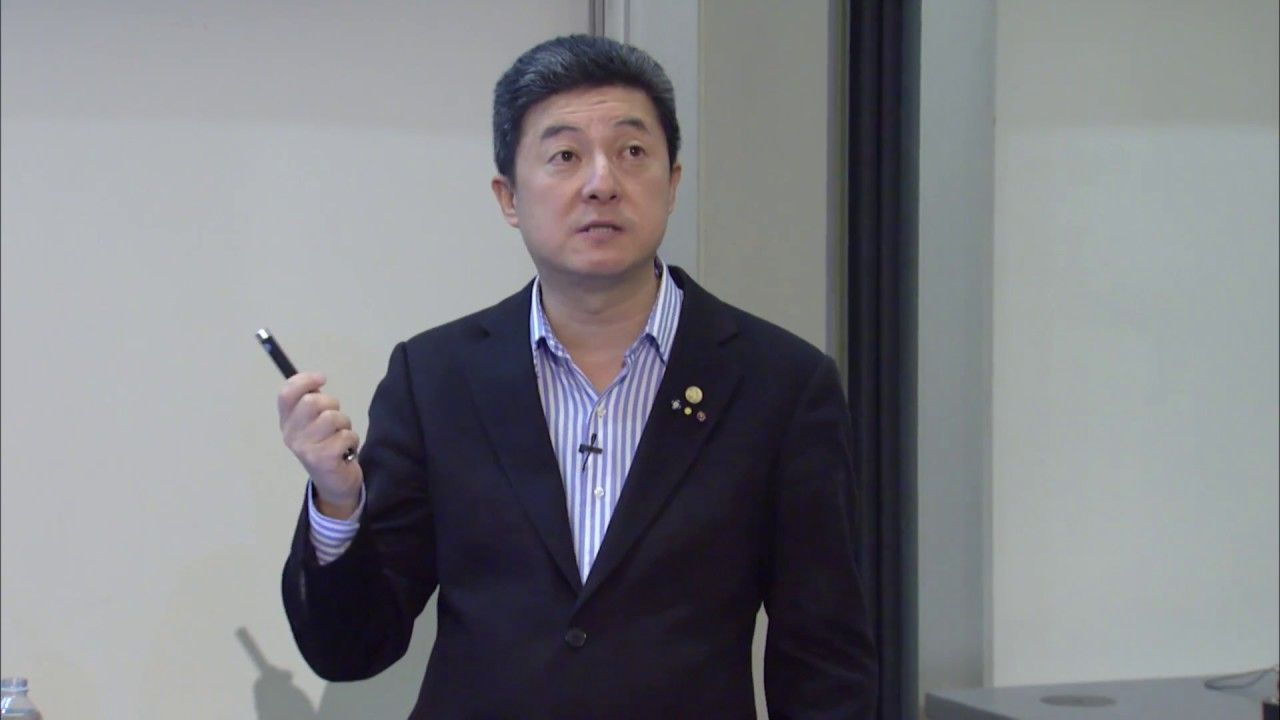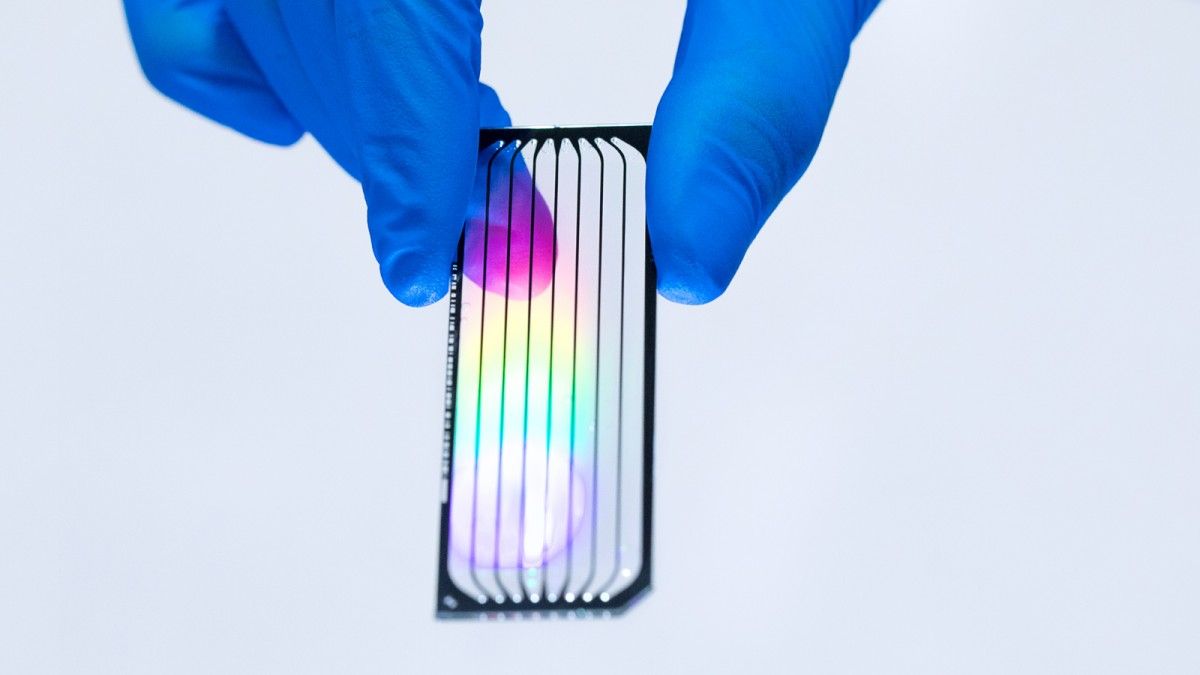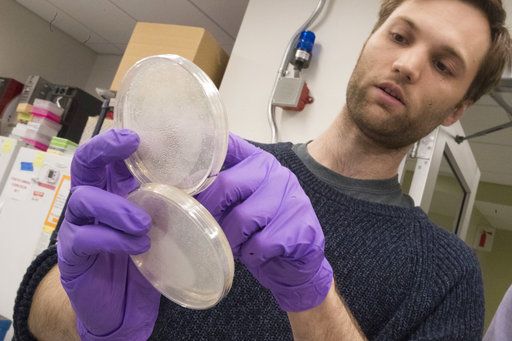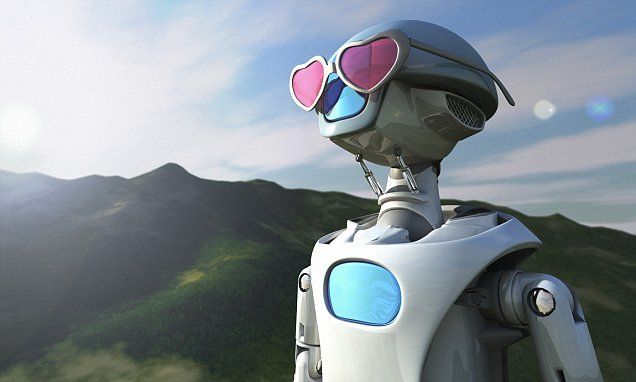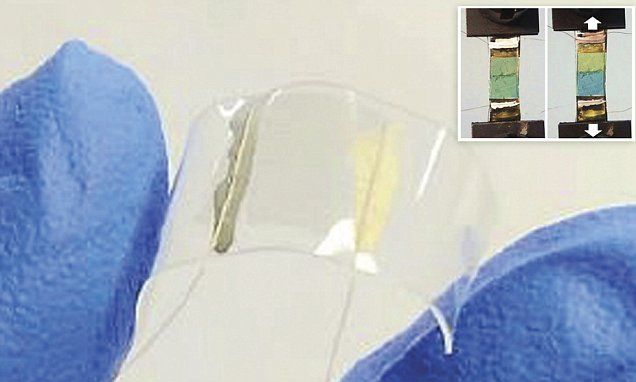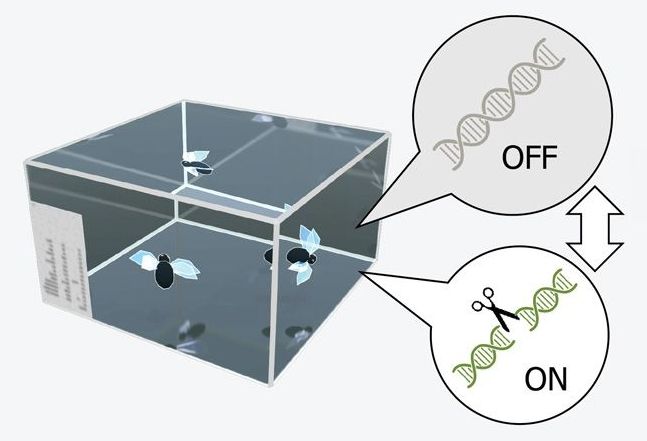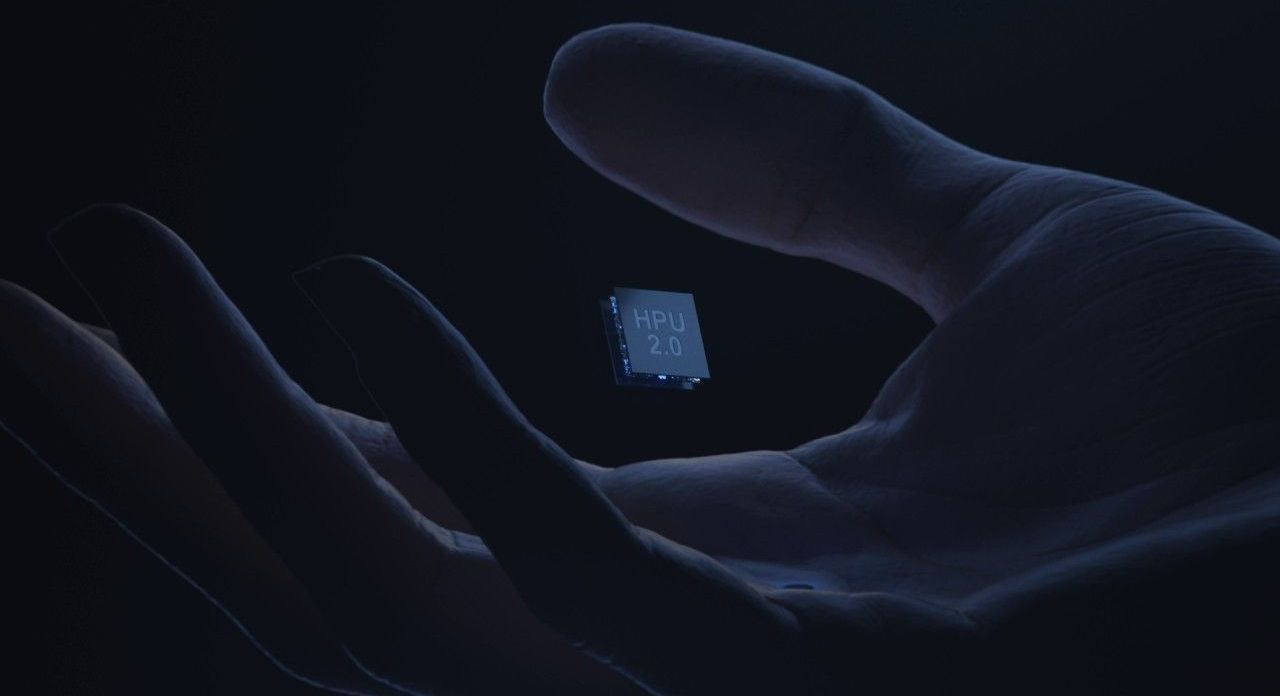Jul 26, 2017
Fast, Efficient bloodstream robots
Posted by Klaus Baldauf in categories: biotech/medical, nanotechnology, robotics/AI
The unique swimming strategies of natural microorganisms have inspired recent development of magnetic micro/nanorobots powered by artificial helical or flexible flagella. However, as artificial nanoswimmers with unique geometries are being developed, it is critical to explore new potential modes for kinetic optimization. For example, the freestyle stroke is the most efficient of the competitive swimming strokes for humans. Here we report a new type of magnetic nanorobot, a symmetric multilinked two-arm nanoswimmer, capable of efficient “freestyle” swimming at low Reynolds numbers. Excellent agreement between the experimental observations and theoretical predictions indicates that the powerful “freestyle” propulsion of the two-arm nanorobot is attributed to synchronized oscillatory deformations of the nanorobot under the combined action of magnetic field and viscous forces. It is demonstrated for the first time that the nonplanar propulsion gait due to the cooperative “freestyle” stroke of the two magnetic arms can be powered by a plane oscillatory magnetic field. These two-arm nanorobots are capable of a powerful propulsion up to 12 body lengths per second, along with on-demand speed regulation and remote navigation. Furthermore, the nonplanar propulsion gait powered by the consecutive swinging of the achiral magnetic arms is more efficient than that of common chiral nanohelical swimmers. This new swimming mechanism and its attractive performance opens new possibilities in designing remotely actuated nanorobots for biomedical operation at the nanoscale.
Each bot is 5 micrometres long and has three main parts, connected together like sausage links by two silver hinges. Its gold body is flanked by two magnetic arms made of nickel, and applying a magnetic field to the tiny robot makes the arms move.
The next generation bloodstream will be made from biodegradable materials before they can be used in the bloodstream. Less complicated areas in the human body like the urinary tract or the eyeballs should see clinical trials begin within the next five to 10 years. Injecting a single swimmer into an eyeball, where it could deliver medication directly to the retina and then be removed, would be much less complicated than letting a swarm of them swim throughout the entire circulatory system.

